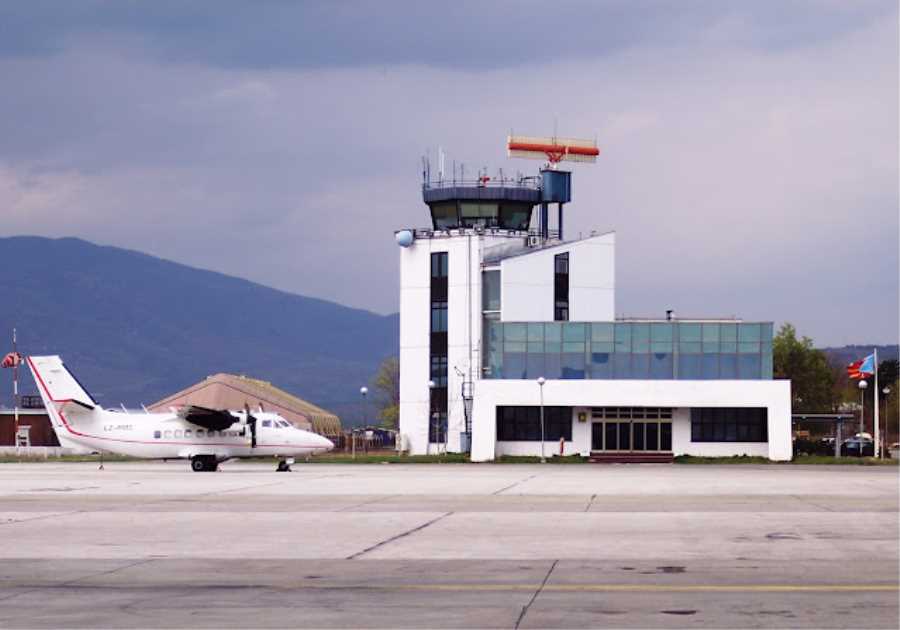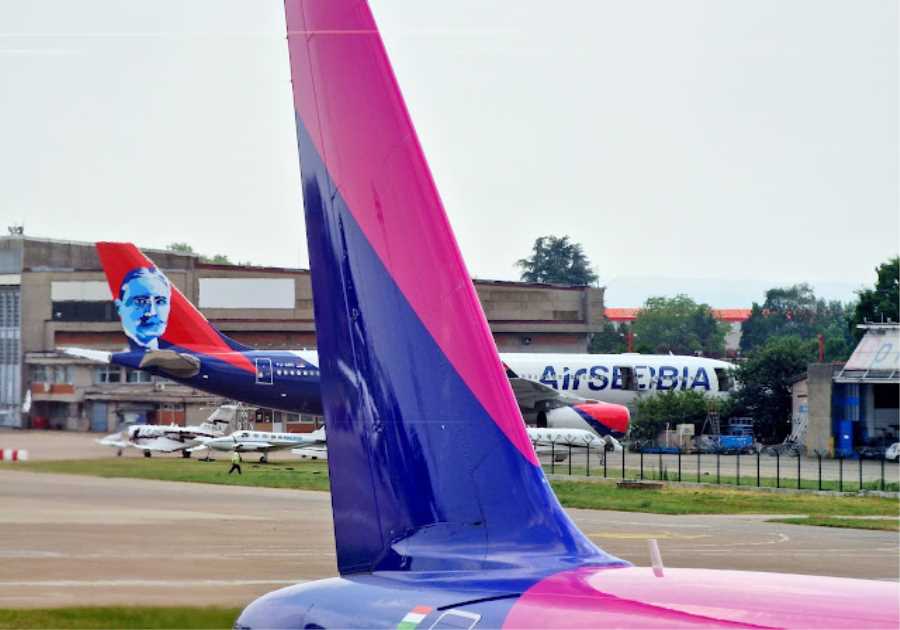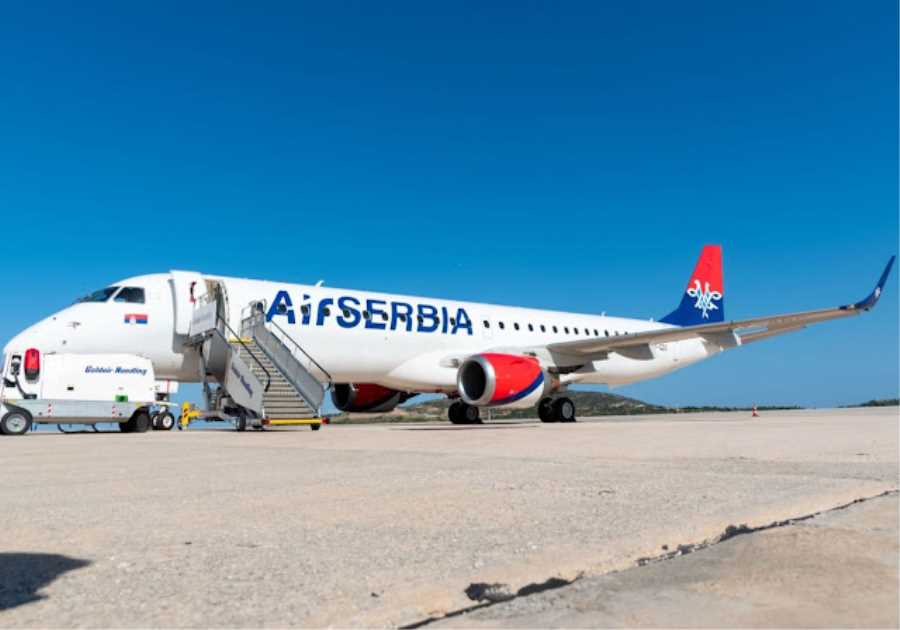HOSTED BY: https://1airtravel.com
TODAY'S READ
Radio has been a majority communication tool in Aviation, from the ground to air calls between pilots and air traffic controllers to the handheld walkie-talkies used by staff daily. Today we are here to give you some insights about communication in Aviation and the rationales behind using standards to ensure all transceiving messages are welly distributed.
The flight was considered a foreign concept until the Wright Brothers successfully completed the world’s first human flight in 1903. The industry snowballed, and ground crews initially relied on visual references to communicate with aircraft. Although these methods were effective for ground crews, they offered no way for pilots to speak back.
The technology of wireless communication systems in aircraft remained experimental and would take years to develop a practical prototype. Due to the limitation of weight and unreliability of radio devices, ground forces rarely used radio because signals were quickly intercepted and targeted by opposing parties. Instead, soldiers used large panel cutouts to distinguish friendly forces. These cutouts could also be used as a directional device to help pilots navigate back to familiar airfields.
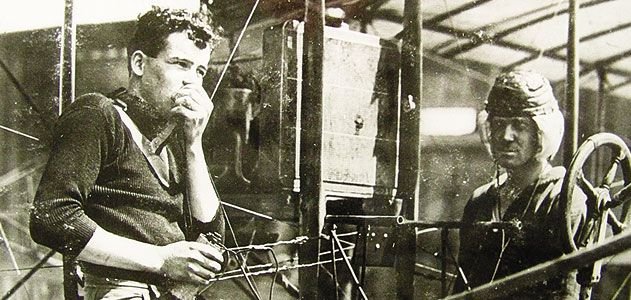
Principle of Radio Communication
In Aviation, two-way radio is comprehensively used to transmit and receive radio waves. A single radio channel operates in a half-duplex mode. Unlike the common wireless devices, only one station can send at a time via the “push-to-talk” button or Voice activation. Users are required to must take turns talking to prevent interference or “blocked. All messages will be broadcast to all users in the Frequency/ channel.
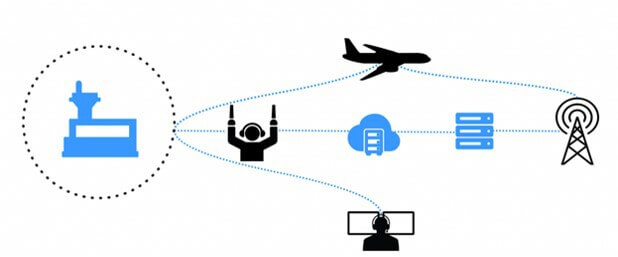
ICAO Language Proficiency requirements
Even though English is the international aviation language, native & non-native English speakers still play a role in misunderstanding and situational awareness. ICAO have introduced a Language Proficiency requirements to rectify multiple issues regarding accents, terminology, and interpretation in communication. The intention of the requirements is to ” reduce miscommunication as much as possible for pilots and air traffic controllers recognizing potential miscommunication when it does occur” and “that all speakers have sufficient language proficiency in handling non-routine situations.”
The structure of the LPR has six levels, pronunciation, structure, vocabulary, fluency, comprehension, and interactions. The implemented universal aviation English proficiency scale ranged from Level 1 to Level 6. Since 2008, ICAO has required that all international Air traffic controllers and pilots must obtain Level 4 or above and be continually reassessed every three years. It has also been implemented for the initial pilot assessments to ensure candidates are fulfilling the language requirement.
As a result, both pilots and ATCs need to have enough English ability to accomplish their tasks. Through education to help improve communication, implement the technique into an operational environment such as lab experience to help speakers improve their English fluency and to avoid misunderstanding, which helps non-English speakers communicate.
What are your thoughts on this article? Let us know below.
By: Michael ChengTitle: The “Golden Voice” in The Sky. The Story of Radio Communication
Sourced From: travelradar.aero/the-golden-voice-in-the-sky-the-story-of-radio-communication/
Published Date: Sun, 18 Jul 2021 20:15:47 +0000
Did you miss our previous article...
https://1airtravel.com/feature/a-glimmer-of-hope-for-turkish-airlines-employees


